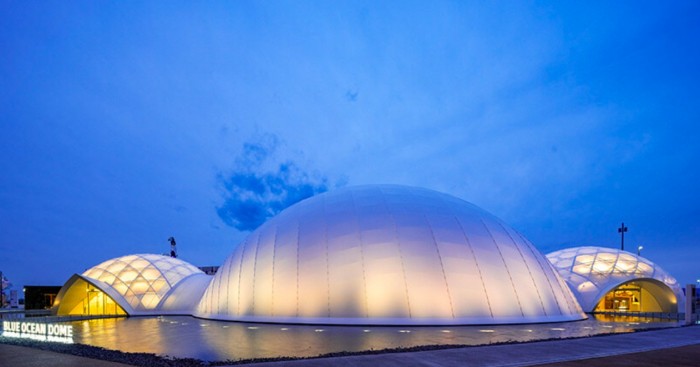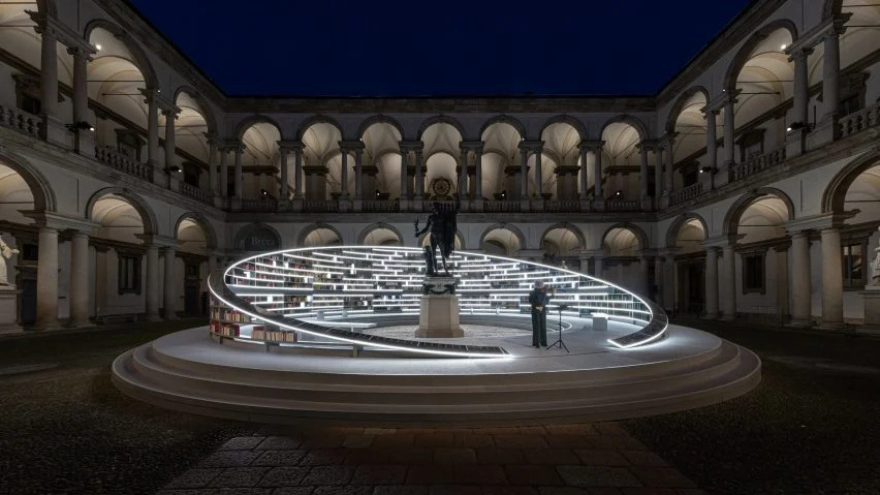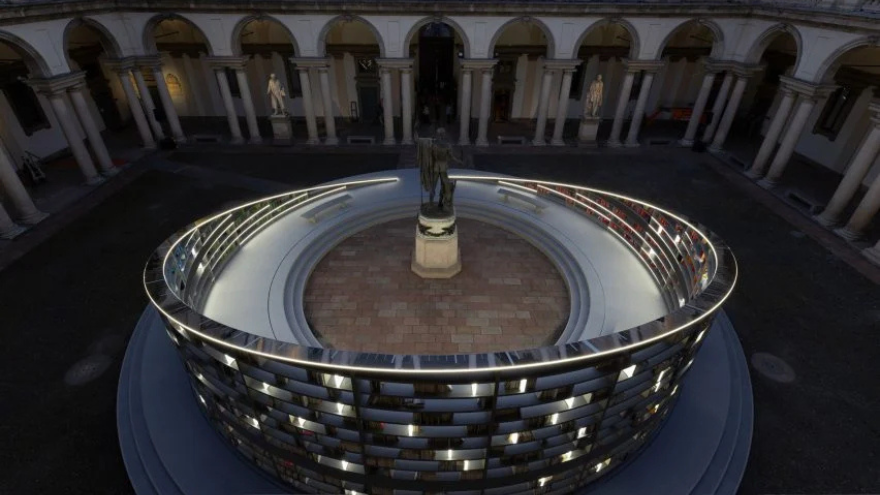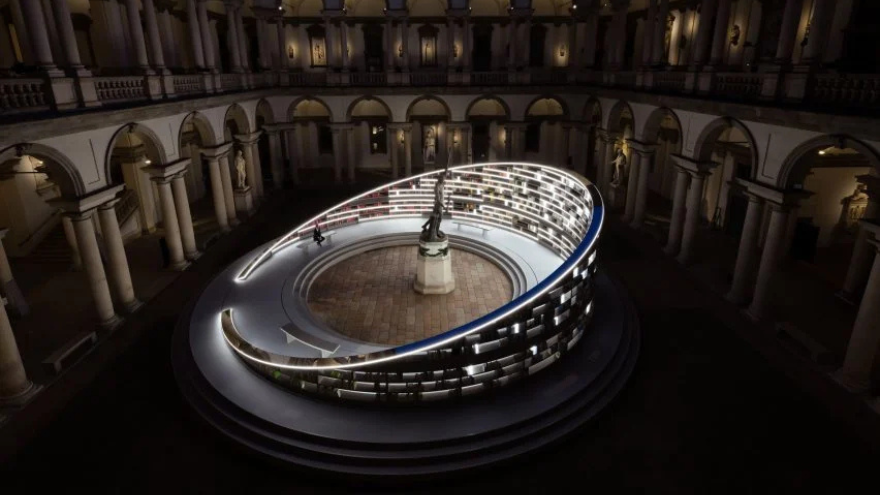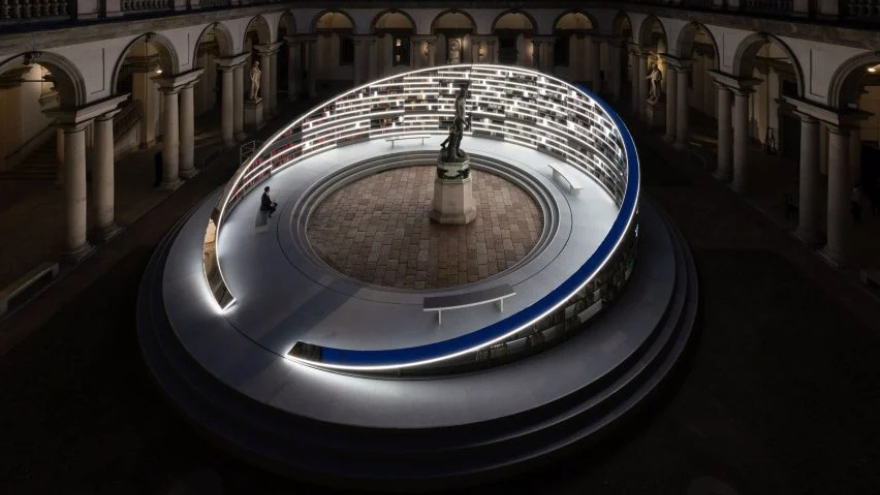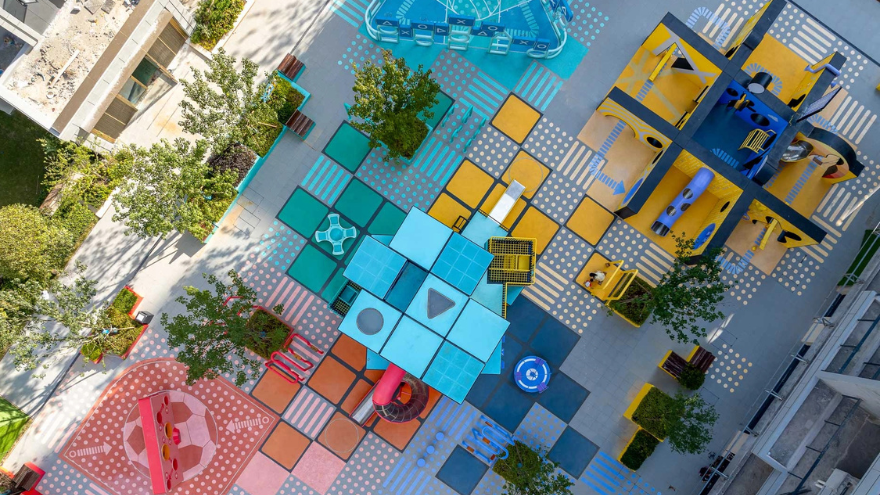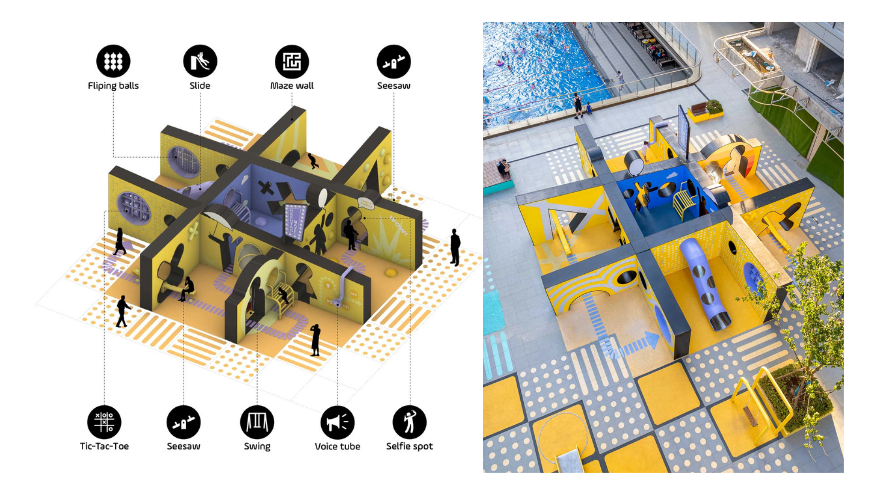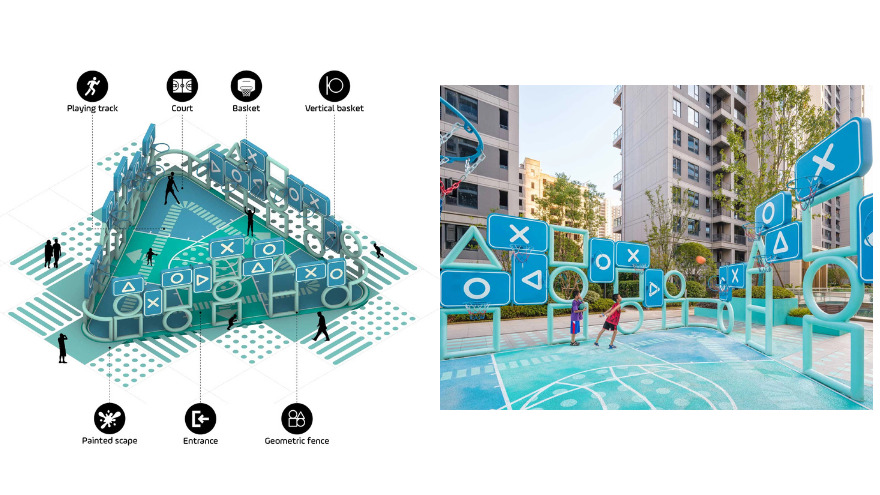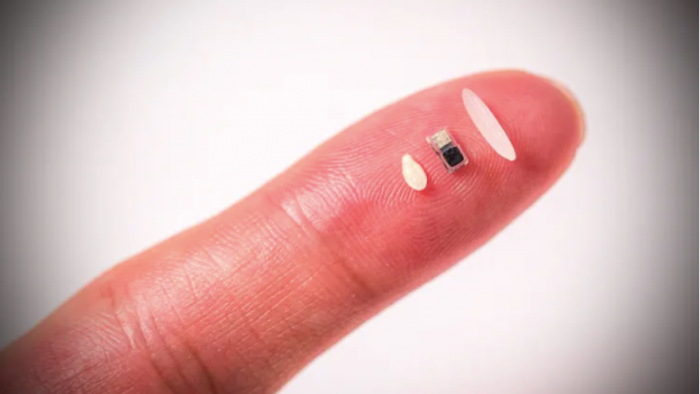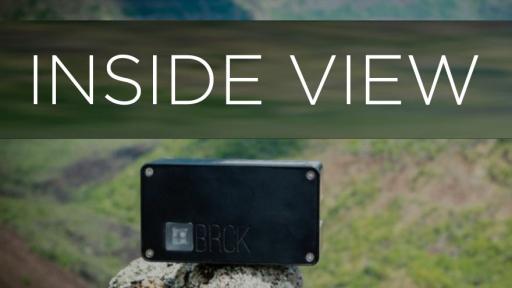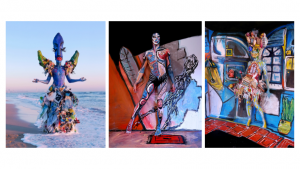Twin Flames
Milano Cortina 2026 Winter Olympics and Paralympics commissioned Italian architect Carlo Ratti to design the official torchers for the prestigious sporting event. Titled “Essential”, the design consists of two torches which are identical in shape and form but differ in color. Each color was chosen to symbolize the connection between humanity, nature, sport, and the future. The Olympic torch features a "Shades of Sky" palette (a blue-green gradient inspired by Italy’s ever-changing skies and landscapes) whilst the Paralympic torch features a "Mountains of Light" palette (a rich bronze tone that embodies the strength, resilience, and inspiring spirit of Paralympic athletes).
Ratti made the intentional choice to design the torches using sustainable practices. The torches are made from recycled aluminium and brass alloys and feature an open-frame structure that exposes the internal flame mechanism. In addition, the torches are designed for reuse, capable of being refueled up to ten times with bio-LPG—a renewable fuel derived from waste products like used cooking oil. This design choice significantly reduces the number of torches needed for the relay, minimizing material waste.
Both torches are finished with a reflective, iridescent coating applied through Physical Vapor Deposition (PVD) technology, giving them a shimmering surface that shifts with the light, enhancing their visual dynamism and symbolic depth.
The ‘Essential’ torches were unveiled simultaneously at the Triennale di Milano and the Italian Pavilion at Expo 2025 in Osaka, the torches will be part of the Olympic Museum's permanent collection in Lausanne post-Games. The torch relay is set to commence on November 26, 2025, in Olympia, Greece, culminating in Milan for the opening ceremony on February 6, 2026







